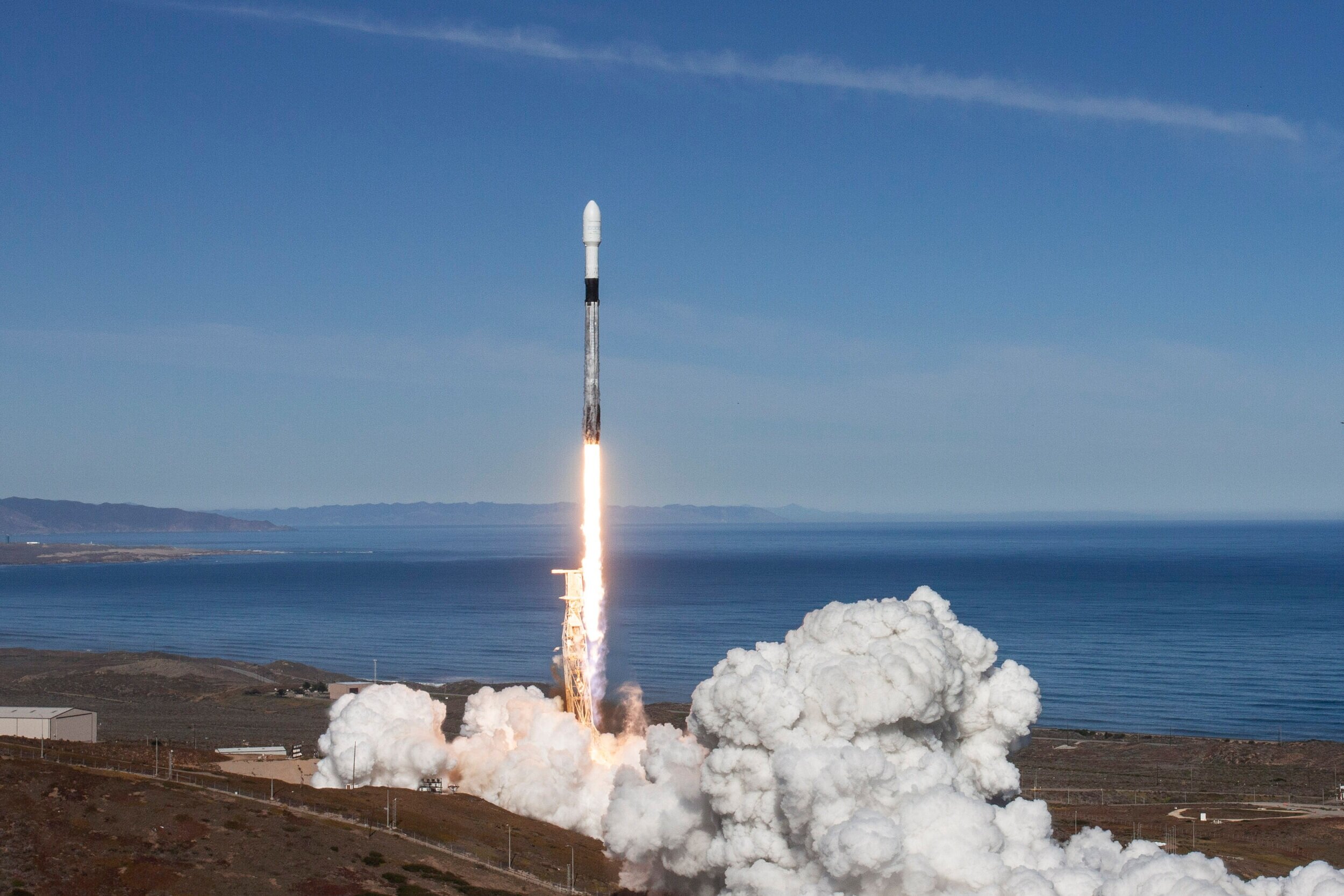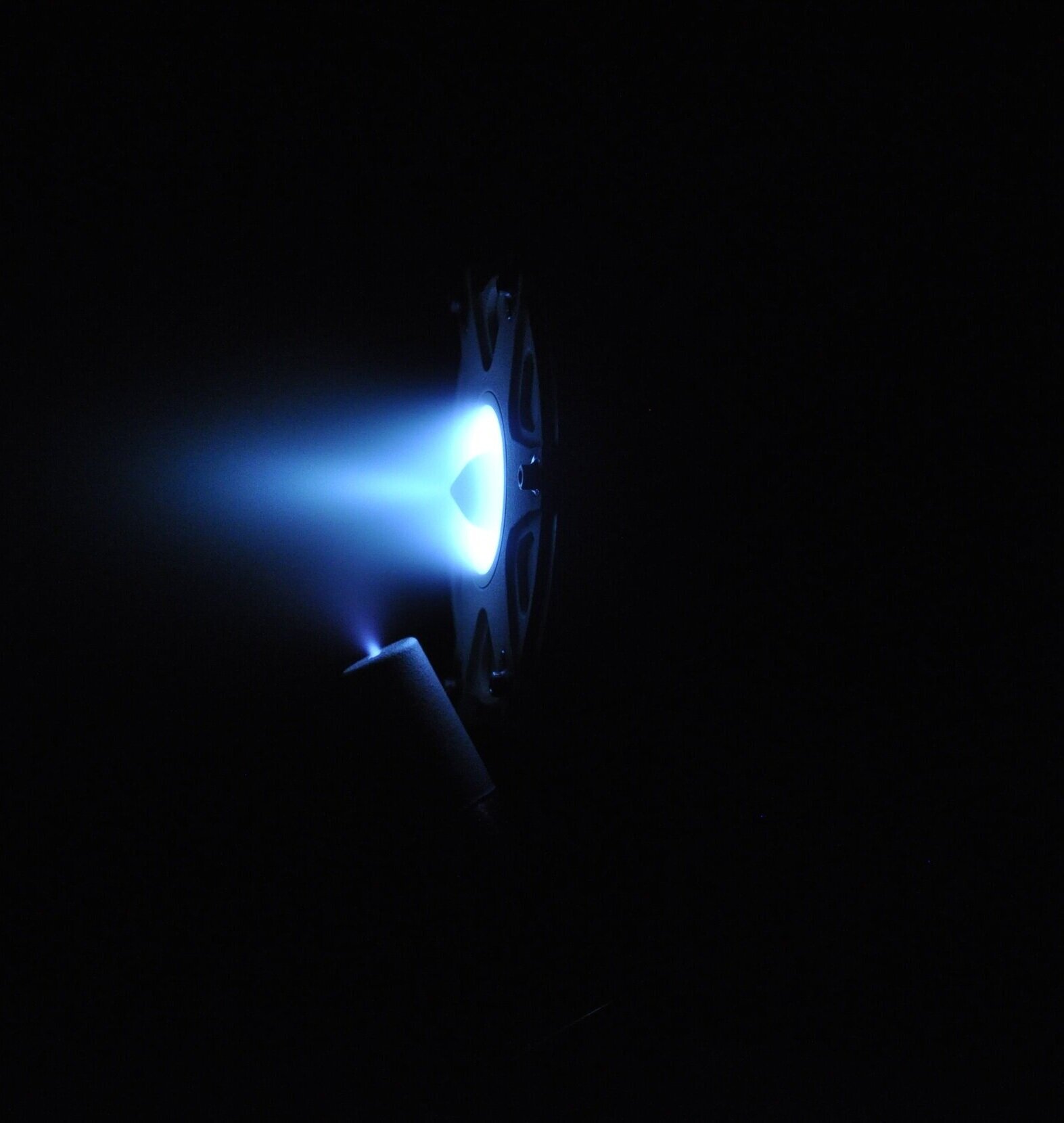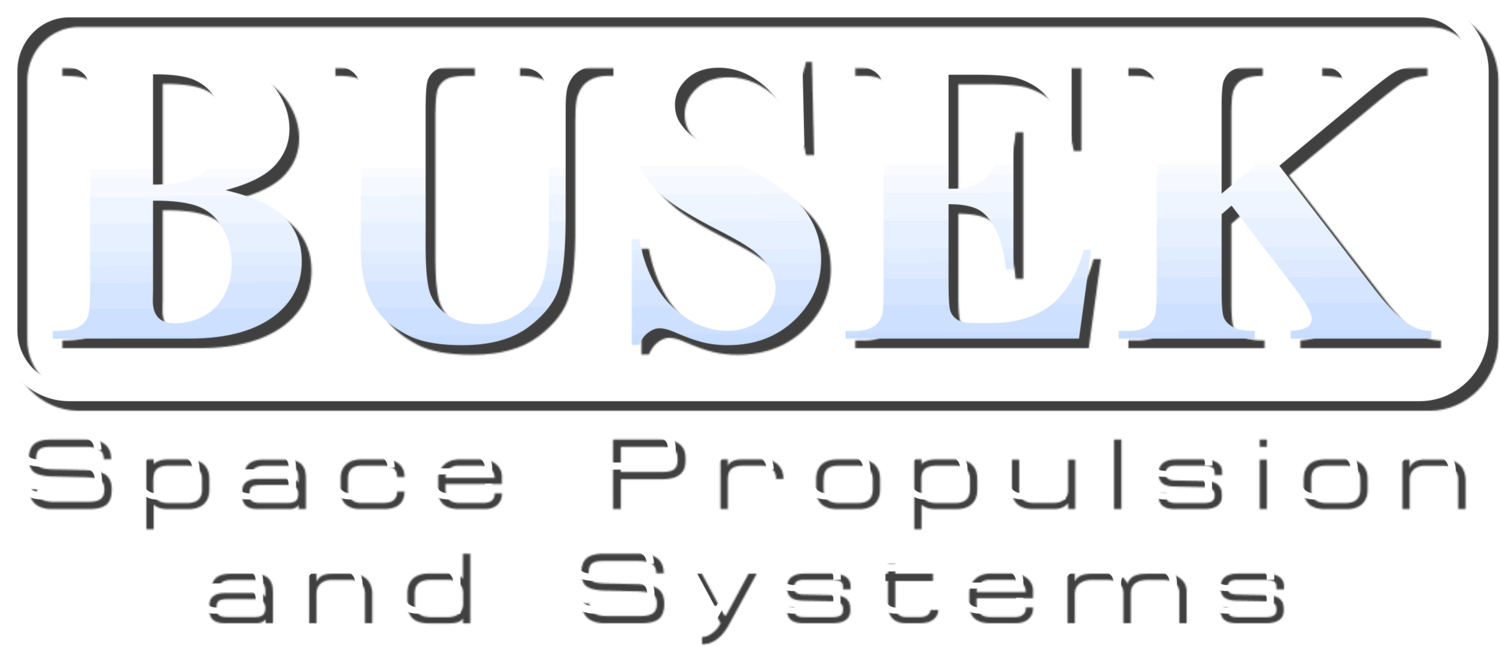
Electric propulsion for the final frontier.
Unparalleled efficiency and the best performing thrusters in the industry to power the next generation of spaceflight.
Busek is proud to support NASA’s Artemis mission to put the first woman and next man on the moon.

First U.S. Hall thruster in space.
First electrospray thruster in space.
And many more firsts to come.
Our flight heritage started in 2006 with a 200W Hall thruster on TacSat-2.
Since then, we’ve flown hardware in space again. And again. And again. And again.
Busek thrusters combine best in-class performance and reliable design to provide the most value to your spacecraft.

Flight proven. Life tested.
Thirty-five years of propulsion excellence.
We’re powering the future of spaceflight.
Busek develops leading edge electric propulsion thrusters to enable entirely new classes of spacecraft missions. Hall thrusters balance extraordinarily high specific impulse with excellent thrust-to-power for a highly efficient electric propulsion system.
We have deep expertise in plasma physics and magnetic field design. Our Hall-effect thrusters offer class-leading performance, and are backed by decades of flight and test experience.
Electrospray thrusters are characterized by precise thrust control (on the order of nano-Newtons) and extremely efficient operation (over 80%). Proven on the LISA Pathfinder mission, electrospray thrusters are more versatile and precise than any reaction wheel system, and can achieve unprecedented stability for large observatory missions.
Busek’s RF ion thrusters are an unprecedented iodine-fueled ion propulsion system scheduled for launch on two deep-space CubeSat missions. Iodine propellant is stored as a dense solid and eliminates the need for high-pressure and large volume tanks, while delivering high total impulse and specific impulse.
Using a patented monolithic catalyst, Busek’s green monopropellant thruster is fueled with ASCENT. This new formulation has 10% higher specific impulse and 45% greater density than hydrazine, the most commonly used but highly toxic monopropellant. ASCENT significantly reduce handling costs and safety concerns vs. hydrazine, while delivering superior performance.




